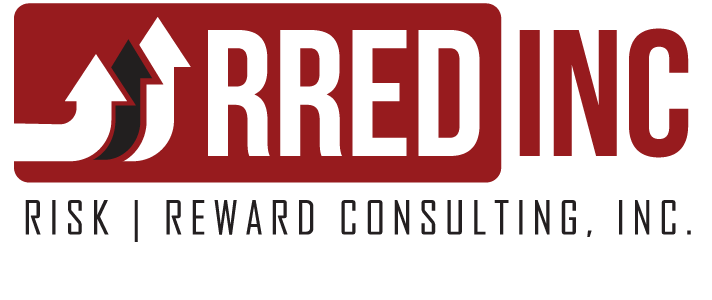
In 1965, President Lyndon Johnson visited New Orleans within 24 hours after Hurricane Betsy.
“In the Ninth Ward, Johnson visited the George Washington Elementary School, on St. Claude Avenue, which was being used as a shelter…” the diary reads. “At first, they did not believe that it was actually the President.” Johnson entered the crowded shelter in near-total darkness; there were only a couple of flashlights to lead the way.”
“This is your President!” Johnson announced. “I’m here to help you!” Pensito Review, John Ponder 8/30/2007 and Edward F. Haas, Gulf Coast Historical Review
Imagine if presidents/CEOs of trucking companies were to shine a light on their company wherever their drivers may happen to be and shout out:
“This is your president (or CEO)! I am going to help you to get better pay, more home time, less waiting for pick-ups and deliveries, and guarantee that my staff and that of our shippers and receivers will forever BE NICE to you!”
Would that be powerful? Would it keep drivers from looking for a ‘better’ place to work?
As we noted in Part I of this series; if the president or CEO could make good on these promises – it just might.
If a president/CEO isn’t engaged in a manner of thinking that consistently improves operations and working conditions for the drivers, is out of touch and continuously focusing on tired, outdated practices, he/she will inevitably experience high turnover and mediocre performance in driver and customer service levels.
When excuses and habitual performance of standard routines and processes (tactics) dominate thinking and execution, that foregoes strategic thinking. Consequently, ownership of the outcome changes the game.
For the president/CEO to really make changes, it is essential to look at his business differently. What’s really going on and what questions should he be asking? What challenges are there to the answers that emerge? Is it necessary to look through a different lens to identify the core issues that need to be exposed?
Ask yourself: “how will your customers benefit when your drivers are best in class, perform better and retention is stabilized?” A recent conversation with the senior transportation executive of a large distribution company using 240 different carriers and moving 6,000 loads a week recently told us that low turnover translates into better service for the carrier’s customer. “We will not use a carrier with high turnover”, he said.
Look at the true cost (and loss) related to recruiting and retention in your company.
Consider the return on an investment in “retooling” your attitudes, processes, procedures and providing significant intensive training to change the way you do business that will result in lower driver turnover and significantly better overall performance and customer satisfaction.
Now take it a step further – how would an environment where qualified drivers seek out employment at your company change your priorities, expenses and stability?
Creating an intelligent driver recruiting and retention system at your company requires the ability to admit “it’s me, not them”. It requires strategic thinking that results from integrated reasoning that focuses on the big picture of a problem quickly and intensely. It avoids outdated ‘best practices’ thinking and replaces it with ‘next practices’ innovative thinking.
So how do you start? Three key elements should be at the forefront of this kind of system which will also provide results that create some “Ah ha” moments for the CEO and his leadership. They are:
- Conduct a driver turnover assessment. Take a closer look at your retention and recruiting strategies and why they are not working as well as they could be. Time to make hard choices!
- Assess all internal job functions and performance with all employees who come in contact with your drivers. See how your drivers are really treated, from their perspective
- Identify the preferred qualities of the best drivers for your company. What traits, skills, experience and attitudes are most desirable for your drivers?

